
Home Pest Control in Charleston, SC
Charleston homes are built to breathe—raised foundations, brick piers, shaded piazzas, and generous porches that catch the breeze. The same features that make Lowcountry living comfortable also invite pests. Warm spells in January, damp crawl spaces after a king tide, and dense plantings along the foundation all create pockets where insects and rodents can hide, feed, and reproduce. If you’ve noticed ants exploring the sink after lunch, a late-night roach near the dishwasher glow, or scratching in the attic when the house quiets down, you’re seeing the natural outcome of a climate that rarely goes fully cold.
All U Need Pest Control designs home pest control in Charleston, SC around how local houses are actually built and used. Instead of blanket spraying, we focus on the three levers that matter most: tighten the building shell, dry the edges, and place precise treatments where pests live—not across open living areas. The result is cleaner, quieter, longer-lasting relief with a smaller footprint and clearer communication at every step.
Pest Control Services in Charleston, SC
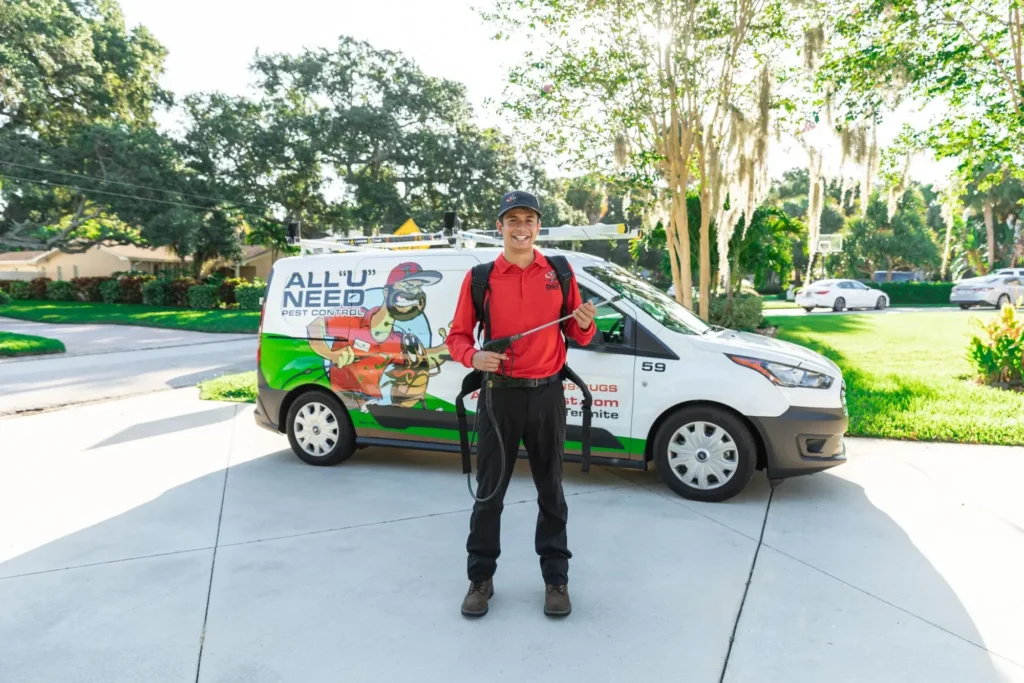
Why Charleston Homes Need a Different Kind of Pest Control
Lowcountry architecture is beautiful and practical, but it creates seams, voids, and microclimates pests love. Ventilated crawl spaces invite humid air. Weep holes keep brick walls healthy but, if unprotected, also serve as on-ramps for insects. Soffit and fascia intersections warm quickly after a storm front passes. Pine straw and mulch hold moisture against the first foot of siding. When you add neighborhood wildlife corridors and the steady food sources of a lively city—trash schedules, outdoor dining, porch snacks—it’s easy to see why pests stay active year-round.
A Charleston-smart strategy treats causes, not just symptoms. That means dialing back the moisture that fuels insects, closing the tiny routes they take indoors, and reserving chemistry for the crevices and voids where it pays off. This approach is safer for families and pets, protects historic finishes, and stays effective through our on-again, off-again weather.
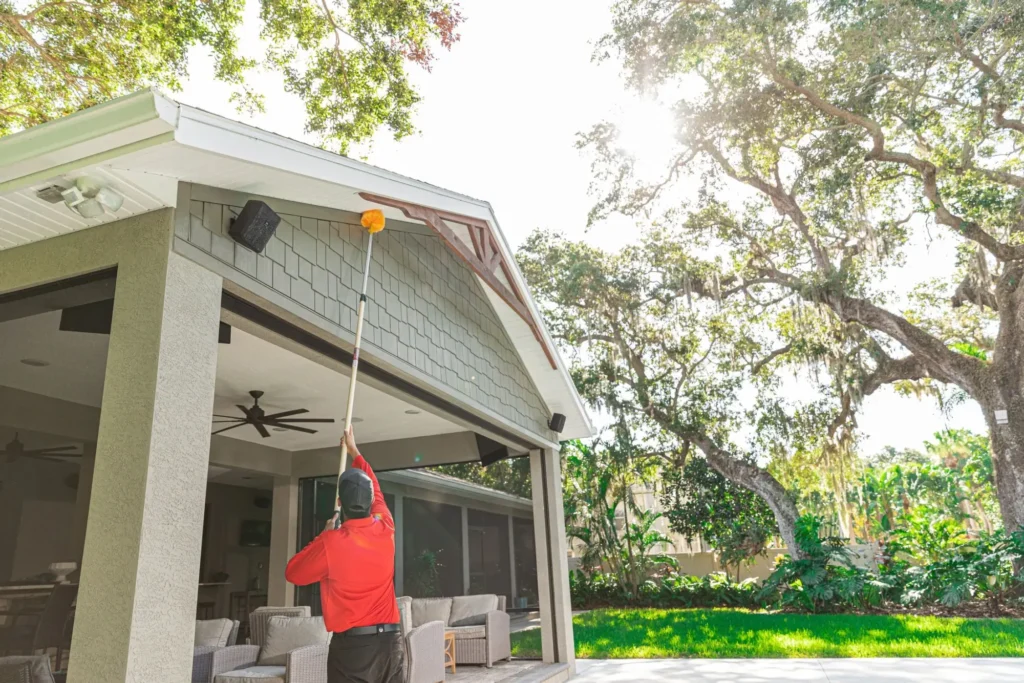
The Most Common Household Pests in Charleston, SC
Ants
Ants are the Lowcountry’s most dependable opportunists. Warm afternoons—no matter the month—can push foragers inside for water and easy calories. Kitchens, bath vanities, and laundry rooms provide both. You’ll often spot tight, purposeful trails along baseboards, into outlet gaps, or across a sink edge. The fix is part exclusion, part sanitation, and part science: seal the micro-gaps, deny the reward, and place modern baits precisely on foraging lines so workers carry control back to the colony. Spraying open counters rarely helps and sometimes scatters the trail; targeted placements paired with a drier perimeter consistently do better.
Cockroaches (“Palmetto Bugs”)
American and German cockroaches thrive anywhere warmth, water, and cover come together: dishwashers, refrigerator compressors, water heaters, utility chases, and crawl spaces. Beyond the startle factor, they contribute to allergy and asthma symptoms—especially for kids. A musty odor in tight spaces, pepper-like specks near appliances, or egg cases tucked along cabinet lips are classic clues. We prefer a combination of crack-and-crevice gel baits, desiccant dusts in sealed voids, and humidity control. By treating the hidden runways and correcting moisture, activity falls quickly without turning your living space into a spray zone.
Rodents (Roof Rats & House Mice)
Raised homes and generous soffits are comfortable for more than people. Roof rats and mice like the calm, elevated routes offered by attic and subfloor spaces. They enter through crawl-space doors that don’t seal tightly, lattice seams, roof intersections, and unscreened gable vents. Typical signs include rice-sized droppings, shredded nesting near warm equipment, rub marks on joists, and light gnawing on stored goods or wiring. Indoors, we prioritize mechanical capture and structural exclusion over broad baiting to avoid odor issues. Outside, we harden entry points and reduce the easy calories and water sources that keep rodents circling your home.
Spiders
Spiders are valuable outdoors; indoors, they’re a quality-of-life issue. Fresh orb webs on porch lights, egg sacs under soffits, and dusty corners in garages or crawl-space entries usually reflect a strong exterior insect population. The quickest route to fewer spiders is fewer flying and crawling insects near the structure. We combine web removal, smart lighting adjustments, and pinpoint placements at anchoring seams so webs don’t reappear the next morning.
Silverfish and Paper Pests
Silverfish, booklice, and other paper pests exploit humidity. Historic built-ins, linen closets, and bookcases along cool exterior walls are frequent hotspots. You might see quick, shimmering movement at night, fine pepper-like specks, or subtle fraying at paper edges. Drying the air, sealing tight gaps, storing keepsakes in sealed bins, and treating cracks and voids breaks the cycle without heavy interior spraying.
Fleas, Ticks, and Occasional Invaders
Mild winters mean pet pests can persist indoors, even when yard pressure dips. Deeper shade along fence lines and under decks holds moisture long enough for development. Coordinated vet care, interior vacuuming, targeted laundry, and focused perimeter treatments in shaded pet hangouts deliver reliable relief. Overwintering insects—stink bugs, house crickets, earwigs—follow weather fronts to sunny walls and then inside through soffit and window gaps; intercepting them at exterior seams curbs indoor surprises.
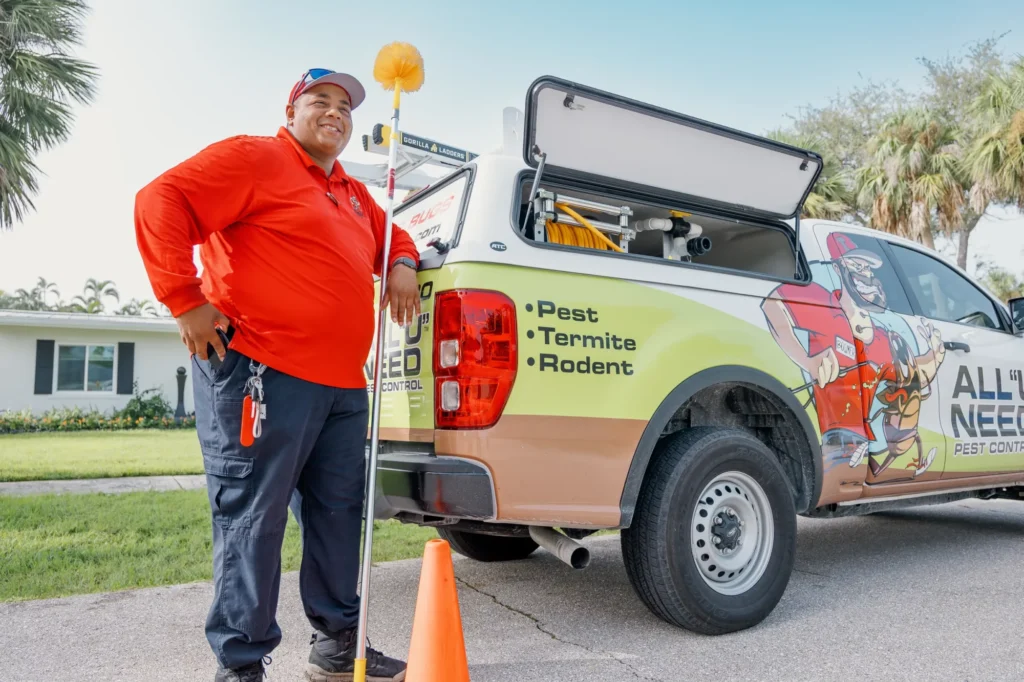
Our Process for Home Pest Control in Charleston, SC
We keep the steps simple and effective: inspect, treat, and prevent—always tailored to your structure and neighborhood microclimate.
Inspection (Outside In)
We first map moisture and access along the perimeter. Downspouts that discharge near steps or piers, low spots that hold puddles, and pine straw stacked against the foundation all flag higher insect pressure. We check soffit and fascia seams, porch steps and lattice, meter boxes, masonry weep holes, and every cable, gas, or HVAC penetration. Crawl-space doors get a close look for daylight along the frame. Inside, we focus on kitchens, baths, and utility rooms where warmth and water converge, then follow any evidence into attics or subfloor spaces. You’ll see what we see: quick photos and a prioritized plan that makes sense without a long lecture.
Treatment (Targeted and Low-Odor)
The best control happens where pests actually live and travel. Instead of fogging rooms or misting wide-open surfaces, we work in the seams: under cabinet lips, at toe-kicks, along the interior sides of thresholds, and in the chases that link kitchens, baths, and utility spaces. For ants and roaches, we use fresh, species-specific baits on active foraging lines and place desiccant dusts in sealed, dry voids where they work for months unseen. If rodents are part of the story, traps are anchored along runways and protected from pets and children, and we mark the locations so follow-ups are quick and tidy. Outside, we treat the landing and entry seams—soffits, fascia joints, trims, lattice, crawl-space doors—timed between fronts so placements set well even in humid air.
Prevention & Exclusion (The Durable Fix)
Once the immediate pressure drops, we harden the shell. Door sweeps sit flush so daylight disappears. Weatherstripping is refreshed. Attic and gable vents get pest-rated mesh that preserves airflow. Masonry weep holes receive breathable inserts that maintain wall health while blocking pests. We seal cable, gas, and HVAC penetrations with mesh and long-life sealant. Outside, downspouts are extended, low spots addressed, and organic mulches pulled back a few inches from siding so sun and breeze can dry the first foot of wall. These small changes pay year-round dividends and reduce the amount of chemistry needed inside.
Follow-Up and Monitoring
Pest patterns change with weather and landscaping. We verify reductions with simple monitors and quick checks, then adjust placements if a storm cycle shifts pressure. Many homes stabilize quickly and need only light exterior maintenance; others—historic houses with lively alleys or heavy shade—benefit from a seasonal cadence that keeps the perimeter tuned without intruding on daily life.
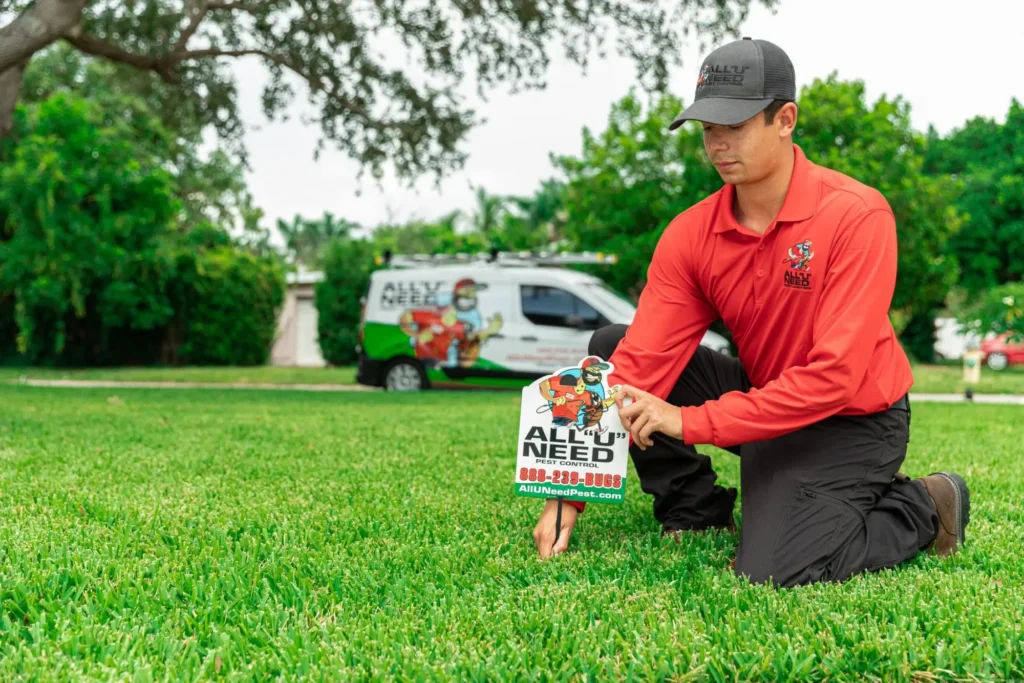
Early Warning Signs You Shouldn’t Ignore
Most Charleston homeowners spot the effects before they see the pest. Peppery specks along a backsplash, a faint musty note when you open a sink base, or a few gnawed edges on storage bins are early red flags. From the exterior, watch for recurring webs on porch lights one day after you’ve cleaned, or for ants that appear like clockwork on mild afternoons. In the attic or crawl space, a single evening of scratching can mean you’ve got a rodent scouting routes. Addressing these signals promptly is the difference between a quick fix and a weeks-long project.
- A single roach sighting often means more are active after dark—check for droppings near appliances.
- Trail-straight ants rarely wander; they’re following a resource. Dry the area and bait the line.
- Rice-sized droppings and rubbed joists point to rodent travel lanes that can be closed quickly.
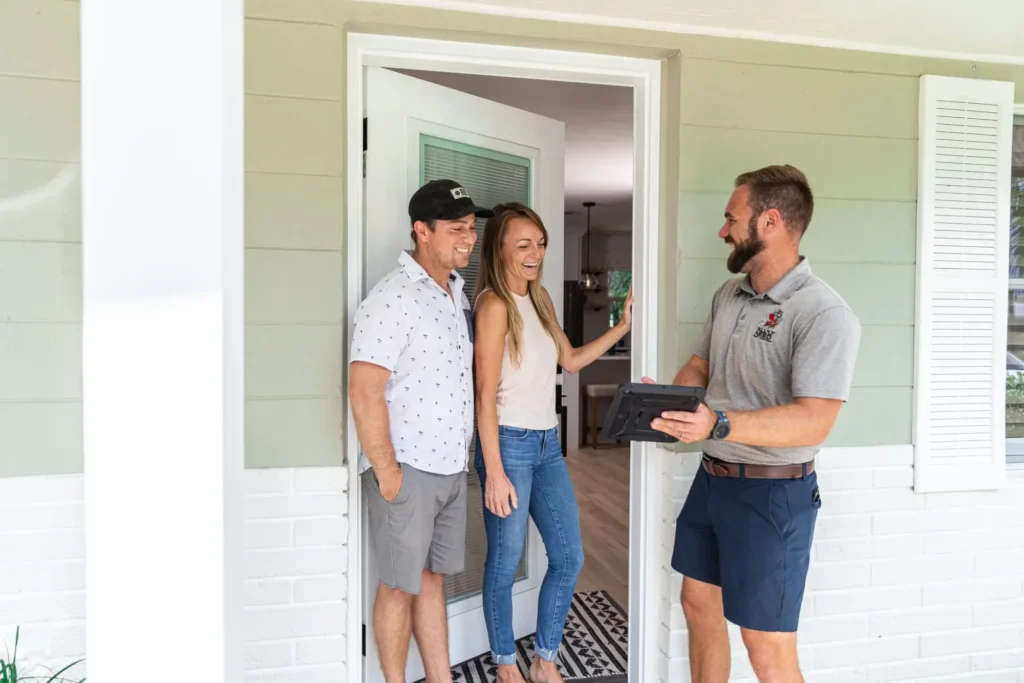
Lowcountry-Smart Prevention You Can Do in an Afternoon
You don’t need a weekend overhaul to make your home a poor target. Think “tighter, drier, cleaner”—in that order. Start at the doors. If you can see daylight, replace the sweep or adjust the threshold. Check two or three utility penetrations you can see from the ground and seal any pencil-width gaps with compatible materials. Walk the house after a steady rain and notice where water lingers; a short downspout extension or a bit of regrading near steps can dry the wall line dramatically. Indoors, decant pantry staples and pet food into airtight containers, wipe shelf seams, and run the bath fan long enough to clear steam instead of just fogging the mirror. Swap a few cardboard boxes for sealed plastic bins in closets or under-porch storage to remove musty harborages. These tweaks stack up fast and set the stage for any professional work to last longer.
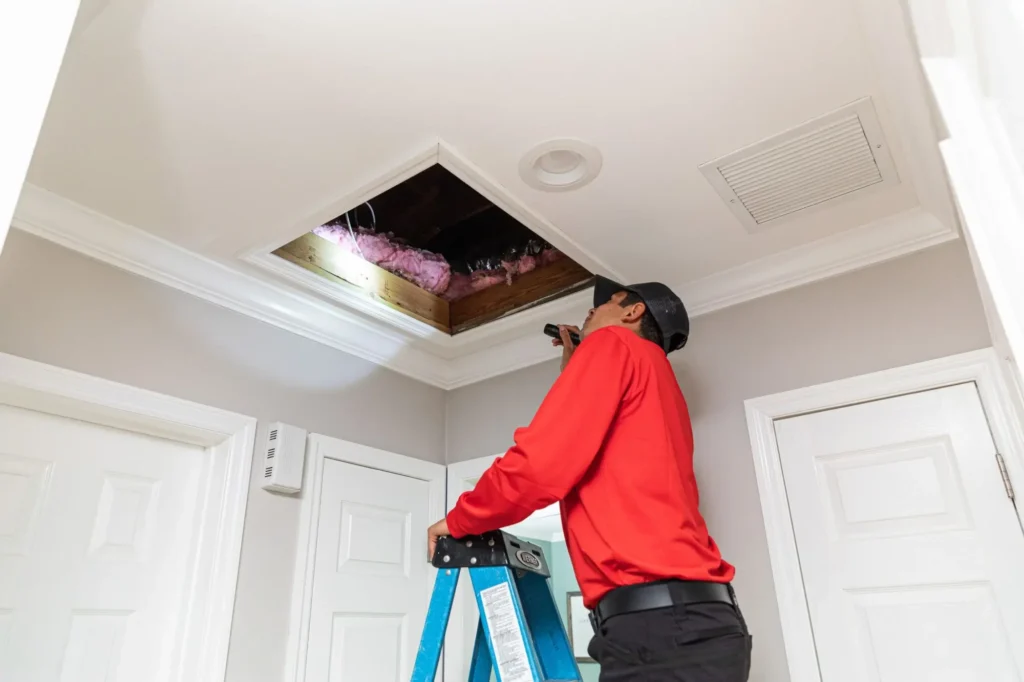
Our Commitment to Family-, Pet-, and Finish-Friendly Service
A lot of Charleston homes include delicate plaster, antique trim, and specialty finishes. We design service that respects both people and materials. Crack-and-crevice placements keep products where pests travel and away from open surfaces. In sealed voids, desiccant dusts provide long-term control without odor or volatility. If you prefer botanical options indoors, we can bias toward those while keeping performance high outside where pressure starts. You’ll always know what we’re using, why we chose it, and what—if anything—you need to do after we leave. Most visits require little to no downtime, and we’re happy to work around nap schedules, guests, or pets that need a minute to settle.
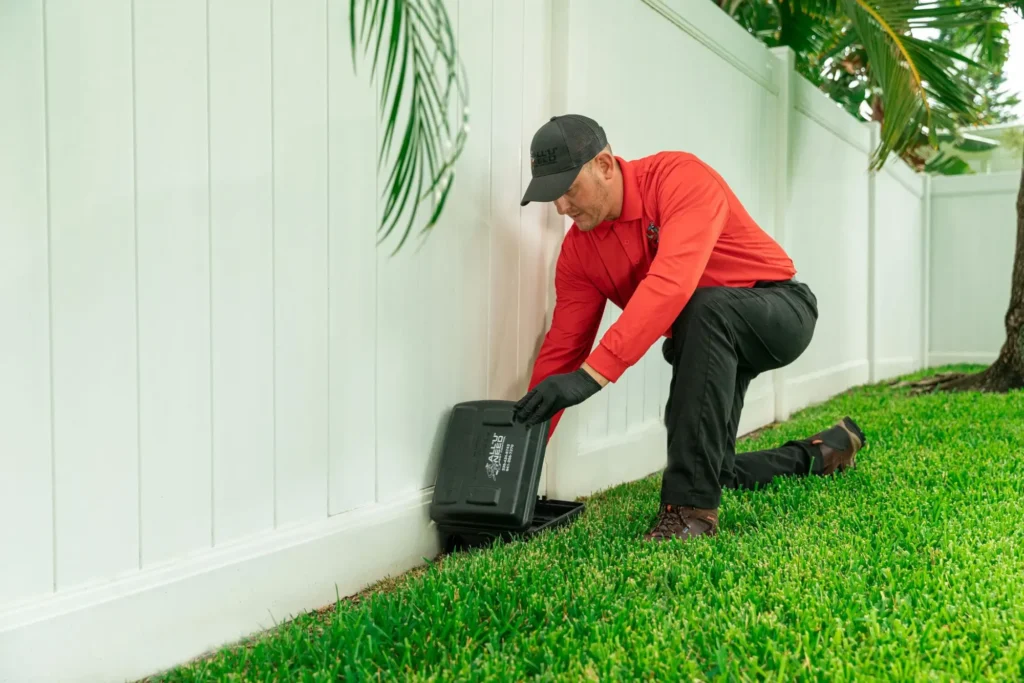
Neighborhood Notes for Better Results
Each area of the tri-county has its own pest rhythm. Downtown and the Peninsula see elevated roach activity thanks to alley corridors, restaurants, and older masonry; seam-focused exterior service and lighting adjustments go a long way there. West Ashley, James Island, and Johns Island lean humid under live oaks and along marsh edges; crawl-space doors, lattice seams, and vent screening often decide whether pests cross the threshold. Mount Pleasant and Daniel Island include newer homes with complex rooflines; soffit and fascia transitions deserve extra attention in winter and after storm fronts. North Charleston, Hanahan, Goose Creek, and Summerville combine dense planting with close lot lines; precise utility exclusion and tidy storage habits keep pressure down. On Folly Beach, Sullivan’s Island, and Isle of Palms, salt air and wind wear out screens and sweeps; routine refreshes prevent easy re-entry.
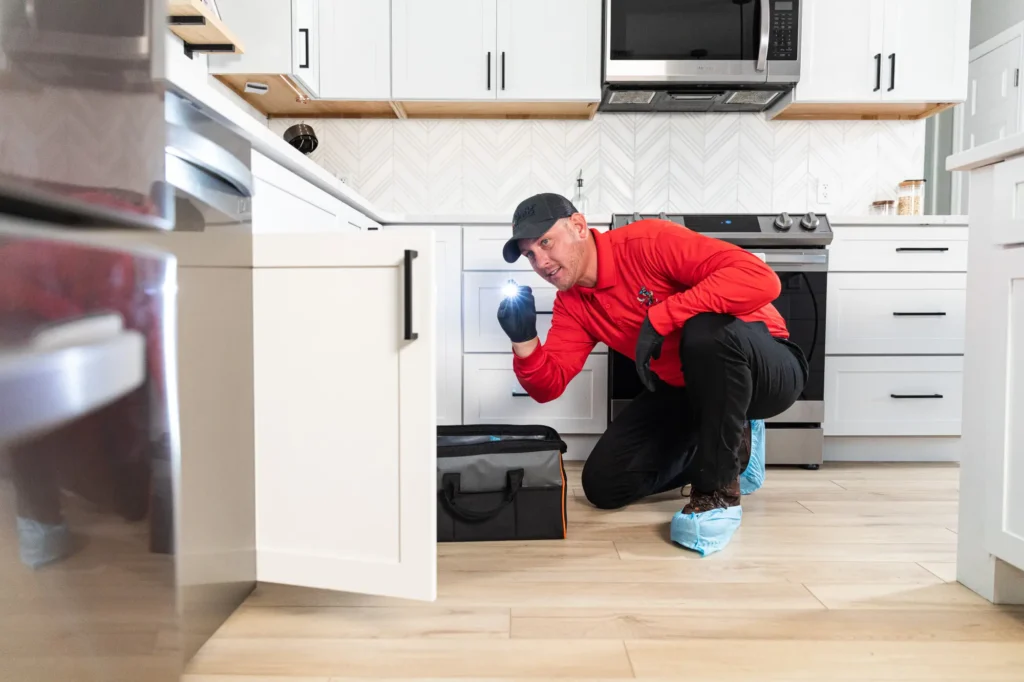
What to Expect on Service Day
A good service should feel organized and light on your schedule. We arrive within a tight window, walk the property with you to confirm priorities, and explain the plan in plain language. Interior work focuses on quiet edges: under-sink penetrations, toe-kicks, and the inside lips of thresholds. Exterior work concentrates on seams where pests land and explore. We won’t fog rooms you need to use or coat surfaces you touch. You’ll get photos of any structural gaps we found, what we did about them, and clear next steps, like a sweep replacement or a simple downspout extension. If you manage a short-term rental or historic home, we’ll tailor timing and techniques to your calendar and finishes.
- You’ll receive a short recap with findings, treatments, and an easy prevention checklist.
- If activity persists, we return and adjust—no runaround, no extra charge during the guarantee window.
Location Contact:
419 N Cedar St Summerville, SC 29483
Get Directions for 419 N Cedar StSummerville, SC 29483 on Google Maps843-489-8818
Call All "U" Need Pest Control